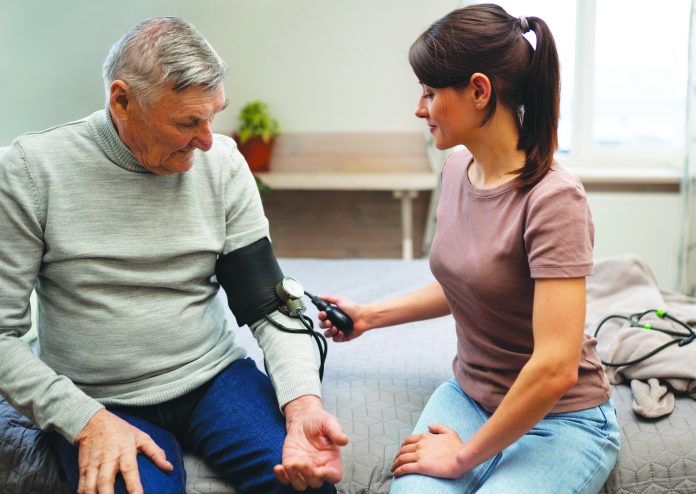by Pam Snowdon
Imagine driving in your car one afternoon with your family, miles away from home, and you stop at a service station to fill the fuel tank and grab a snack. Crossing the parking lot, you suddenly collapse. You wake up in the hospital a day later and discover that your entire right side is paralyzed. You open your mouth, but no words come out. What will happen when you can’t get into the bathroom alone or have problems swallowing and chewing your food, if you can’t communicate what you need? And what about your family? Who will take care of your kids? What will happen with your job?
Just like that, a stroke can happen in the blink of an eye and shatter your entire life: understanding your risk might be the only thing standing between you and this silent, devastating threat.
A stroke happens when part of the brain has a sudden disruption in its blood supply. The lack of blood flow means that part of the brain doesn’t receive its necessary oxygen and nutrients. As a result, some of the brain tissue dies. Most strokes happen because a blood clot blocks an artery or a blood vessel in the brain or neck breaks.
According to Alberta Health Services, 5,000 Albertans experience a stroke each year. Occurring at any age, not just in the elderly, strokes can often be prevented.
Healthy lifestyle choices, such as diet, exercise, and smoking cessation, can reduce the risk of stroke. High blood pressure and high cholesterol are among the risk factors; talk to your family doctor about managing these and other conditions.
World Stroke Day on October 29 reminds us to recognize the signs of stroke using the FAST acronym:
- Face – uneven or drooping like a crooked smile or numbness
- Arm (or leg, too) – hanging down and can’t be held up straight
- Speech – may be slurred or the person may have trouble speaking or seem confused about what you are saying, or they are talking nonsense
- Time To Call is calling 9-1-1 immediately.
A stroke is an emergency: the sooner treatment is given; the more likely damage can be minimized.
Pam Snowdon works at a Calgary organization providing neurorehabilitation and wellness programs for people and their families impacted by brain injuries from strokes or accidents.










